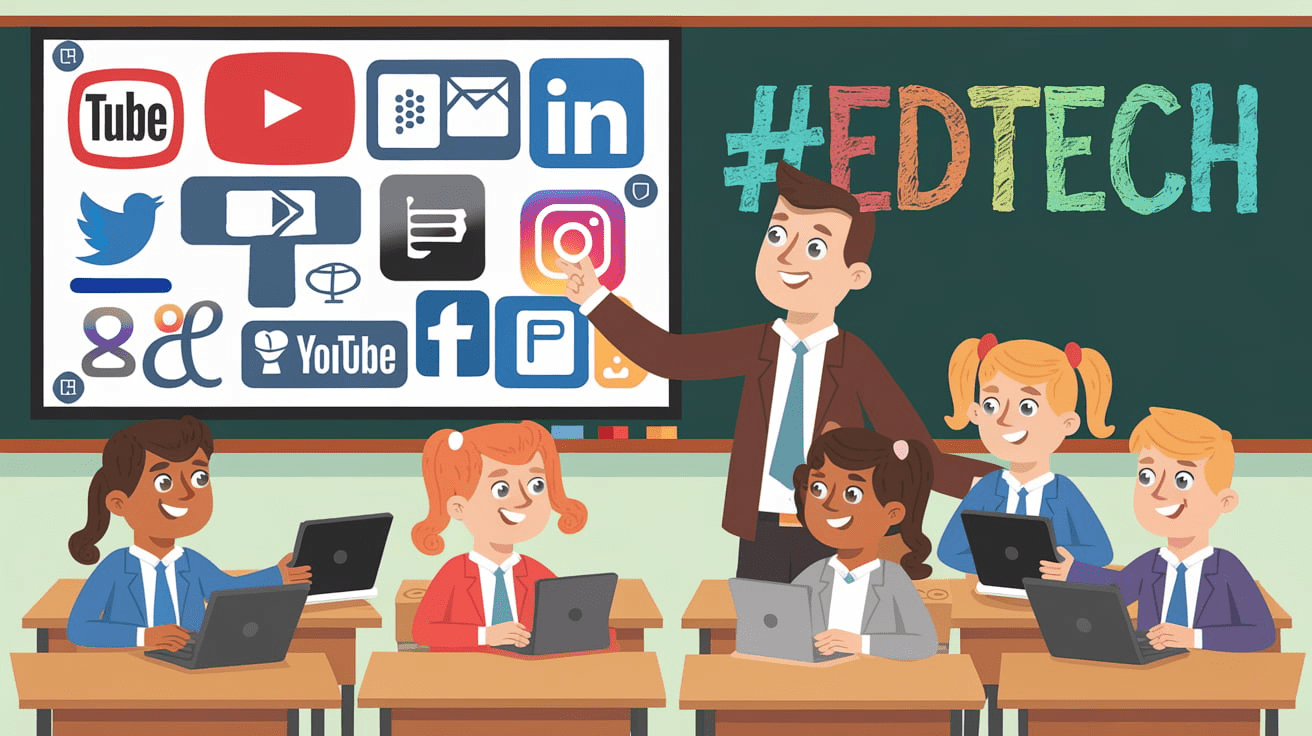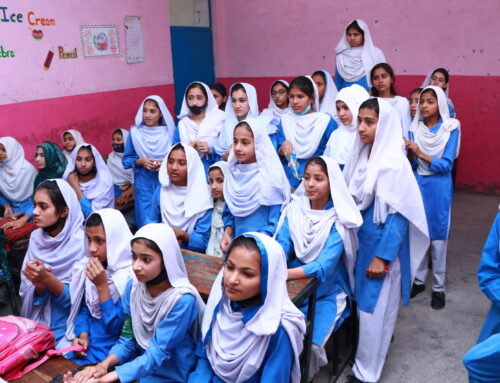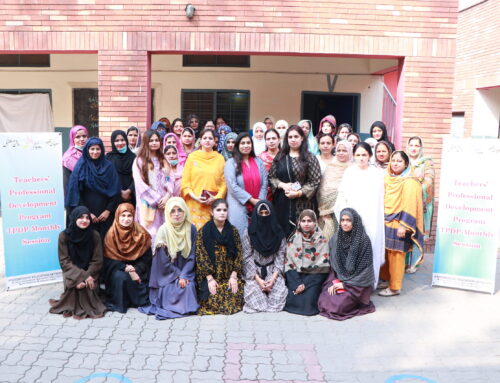“The Use of Social Media as a Learning Tool
“The Use of Social Media as a Learning Tool: Revolutionizing Education in the Digital Age”
Introduction:
Social media, once viewed primarily as a platform for social interaction, has evolved into a powerful learning tool that connects students, teachers, and professionals globally. In today’s fast-paced, technology-driven world, the ability to access educational resources and exchange knowledge through platforms like Facebook, Instagram, LinkedIn, and YouTube has become indispensable. As the lines between traditional classroom learning and online education blur, social media stands at the forefront, offering new ways to enhance learning, promote collaboration, and foster engagement. This blog explores the role of social media in education, its impact on learners, and how it can be leveraged to facilitate an enriched learning experience.
1. Understanding the Intersection Between Social Media and Education
Social media’s influence extends far beyond entertainment. For many, it serves as a crucial resource for learning and professional development. With millions of users active daily, these platforms provide educators with an opportunity to connect and engage with students in new and innovative ways.
The Evolution of Social Media as a Learning Tool:
- In the early 2000s, social media was primarily seen as a tool for personal communication.
- As platforms matured, educators began integrating social media into classrooms.
- Today, platforms like LinkedIn offer professional learning opportunities, while YouTube has become a hub for tutorials and lectures.
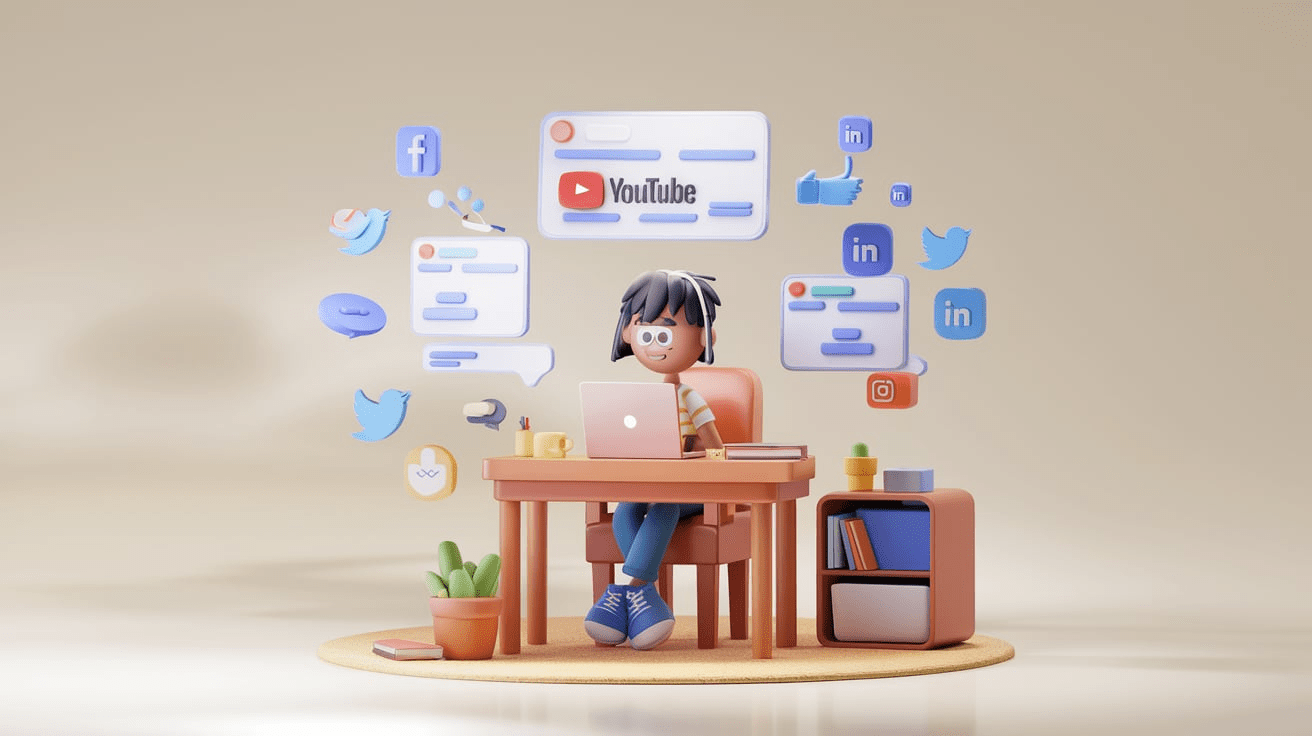
2. Advantages of Social Media in Education
A. Accessibility and Flexibility
One of the most significant advantages of using social media for learning is the accessibility it offers. Students no longer need to be physically present in a classroom to gain knowledge; they can access educational content from anywhere in the world.

B. Collaboration and Engagement
Social media platforms foster collaboration, enabling students and teachers to share ideas, resources, and feedback instantaneously. Platforms like Facebook Groups, LinkedIn forums, and Twitter chats encourage students to engage in discussions, ask questions, and collaborate on projects.

C. Diverse Learning Formats
Students have different learning preferences and social media provides various formats to accommodate these differences:
- Text-based content: Blog posts, articles, and discussions.
- Visual content: Infographics, videos, and presentations.
- Interactive content: Polls, quizzes, and live discussions.
- One of the best online educational resources for students is Pen Academy. At Pen Academy, we harness the power of social media, particularly YouTube, to provide students and teachers with interactive and engaging learning opportunities. Our channel is designed to deliver high-quality educational videos that are not only easy to access but also allow for real-time engagement through comments, discussions, and shared insights. Just like the blog post highlights, social media platforms have revolutionized the way we learn—offering flexibility, collaboration, and a diverse range of educational content. Through Pen Academy, we are proud to be part of this educational shift, making learning more inclusive and effective for everyone, no matter where they are.
D. Self-Paced Learning
Social media allows for self-paced learning, where students can consume educational material at their convenience. This is particularly beneficial for professionals or part-time learners balancing education with work or personal commitments.

3. Popular Social Media Platforms Used for Learning
A. YouTube: The Global Classroom
YouTube is one of the most popular educational platforms, with thousands of videos available on nearly every subject imaginable. From tutorials and lectures to full-fledged courses, YouTube offers learners an abundance of free, high-quality resources.
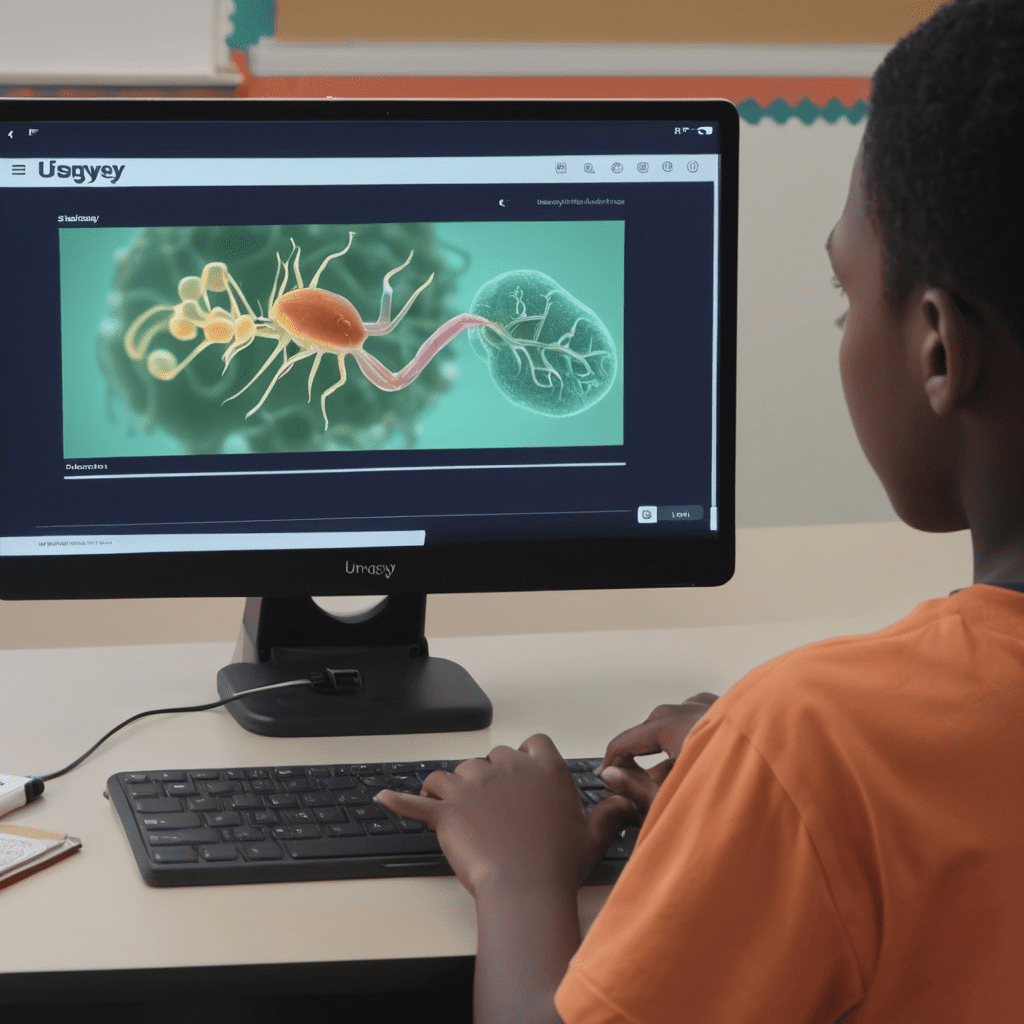
B. LinkedIn Professional Development and Networking
LinkedIn Learning provides professionals with courses that span a wide range of fields. Additionally, LinkedIn enables users to network with industry experts, join educational groups, and stay up-to-date with industry trends.
C. Twitter: Instant Knowledge Sharing
Twitter allows for quick, real-time knowledge exchange through hashtags like #EdTech, #eLearning, and #EducationChat. Teachers and students alike can participate in these global conversations, sharing insights, resources, and best practices.
D. Instagram and Pinterest: Visual Learning
Instagram and Pinterest are becoming popular for visually oriented learners. Educational accounts on Instagram use visual storytelling, while Pinterest is a go-to platform for resources like lesson plans, infographics, and creative educational ideas.
4. How Social Media Enhances Collaborative Learning
A. Virtual Study Groups
Students can use social media platforms to form virtual study groups. Whether it’s a Facebook group for classmates or a LinkedIn group for professionals, these virtual communities allow for the exchange of ideas, resources, and solutions.

B. Peer-to-Peer Learning
Students can teach and learn from each other on social media. Peer-to-peer learning fosters a sense of community and makes the learning process more dynamic. Whether through shared articles, tutorials, or project collaboration, this type of learning is interactive and supportive.
C. Crowdsourcing Knowledge
Social media allows learners to crowdsource information and perspectives from a diverse group of individuals. Whether it’s posting a question on a forum or seeking feedback on an assignment, students can leverage the collective knowledge of their online networks.
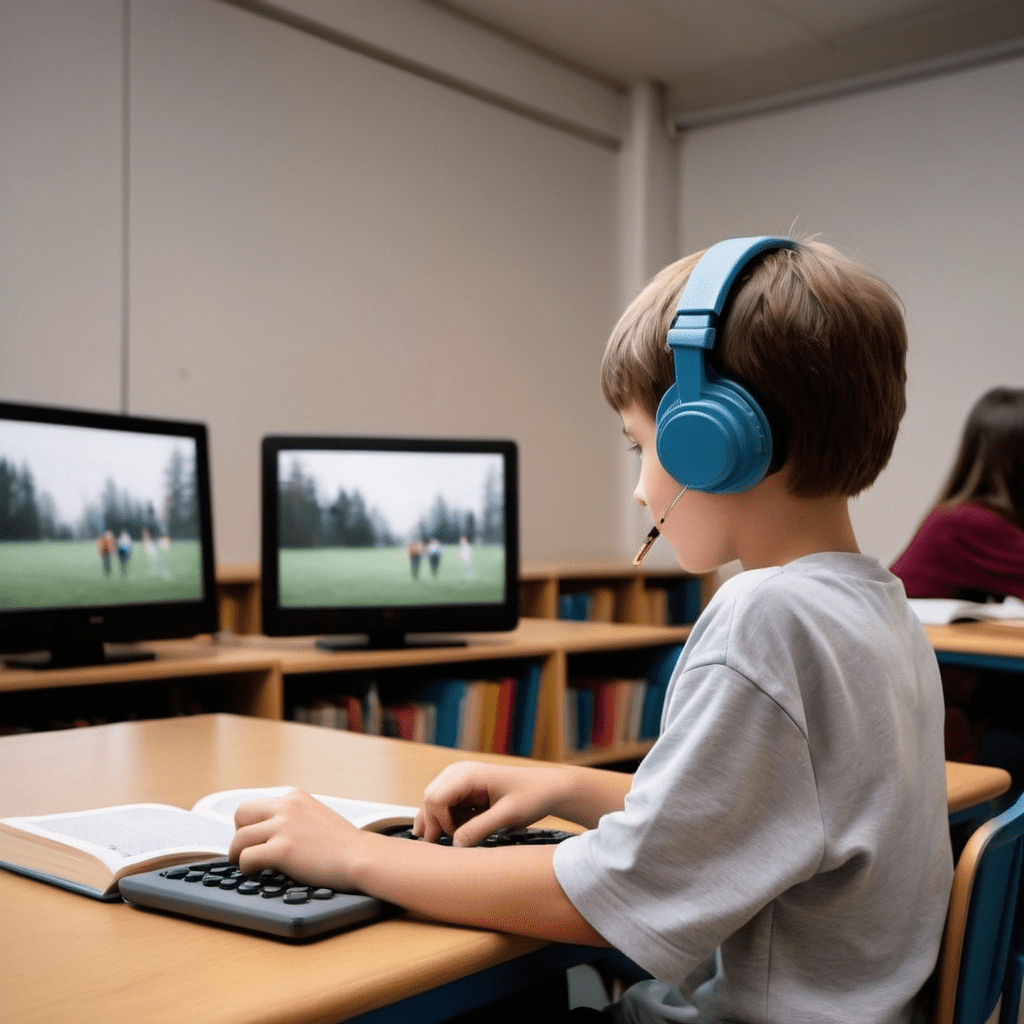
5. Challenges of Using Social Media in Education
Despite its benefits, the use of social media as a learning tool is not without challenges.
A. Information Overload
With the sheer volume of content available on social media, students can sometimes feel overwhelmed by the information. Learners need to be selective and ensure the content they consume is credible and relevant.
B. Distraction
Social media’s entertaining nature can sometimes be a distraction for students. Instead of focusing on educational content, students may find themselves scrolling through unrelated posts, videos, or memes.
C. Privacy Concerns
Using social media for learning also raises concerns about privacy and data security. Teachers and students must be mindful of what they share online and ensure they are using platforms that protect user data.
6. Best Practices for Using Social Media as a Learning Tool
To effectively use social media for educational purposes, both teachers and students should adhere to best practices:
A. Establish Clear Objectives
Educators should clearly define the objectives they wish to achieve through social media. Whether it’s enhancing engagement, providing resources, or promoting collaboration, clear goals help guide the use of these platforms.
B. Encourage Responsible Use
Students should be taught how to use social media responsibly, including how to verify the credibility of online resources, engage respectfully in discussions, and protect their privacy.
C. Incorporate a Blend of Tools
It’s essential to use a variety of social media platforms to cater to different learning styles. For example, combining YouTube videos for visual learners with Twitter discussions for more text-based interactions can offer a well-rounded learning experience.
D. Monitor Engagement and Provide Feedback
Educators should monitor student engagement on social media and provide constructive feedback. Whether through answering questions in discussion threads or commenting on shared resources, feedback is crucial for keeping students engaged and motivated.
7. Real-World Examples of Social Media in Education
A. Massive Open Online Courses (MOOCs)
MOOCs often incorporate social media elements, such as discussion forums and social media sharing buttons, to encourage collaborative learning and engagement among participants.
B. Educational Campaigns on Social Media
Platforms like Twitter and Instagram have been used to promote educational campaigns, such as #WorldBookDay or #STEMEducation, encouraging students worldwide to participate in educational activities and share their experiences.
C. Teacher-student interaction via Social Media
Many schools and universities now use social media as a tool for teacher-student interaction, allowing students to ask questions, share insights, and collaborate on assignments in real-time.
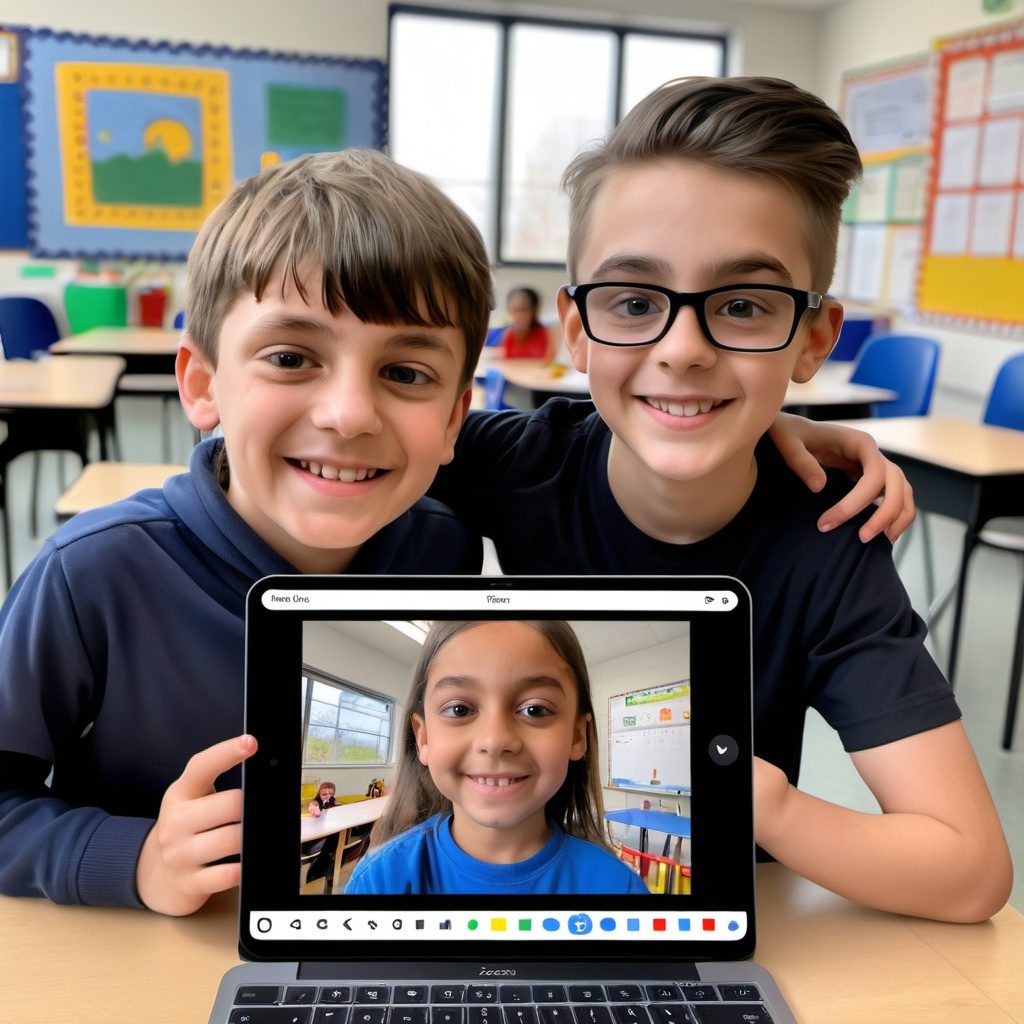
8. The Future of Social Media in Education
As technology continues to evolve, the role of social media in education is likely to expand further. The emergence of AI, AR, and VR tools integrated into social media platforms will provide even more immersive learning experiences. Additionally, social media platforms themselves may become more education-focused, providing built-in tools specifically designed for learners and educators.
Trends to Watch:
- AI-Driven Personalized Learning
- Augmented and Virtual Reality for Interactive Learning
- Integration of Blockchain for Credentialing and Certification
Conclusion
The role of social media as a learning tool is undeniable. It has transformed how students access information, collaborate with peers, and engage with teachers. While challenges such as distraction and privacy concerns exist, the advantages—such as accessibility, collaboration, and self-paced learning—make it an indispensable tool for education in the 21st century. As social media platforms continue to evolve, so too will their potential to enrich the learning experience for students across the globe. By leveraging these platforms responsibly and effectively, educators and learners alike can harness the full power of social media to achieve their educational goals.

